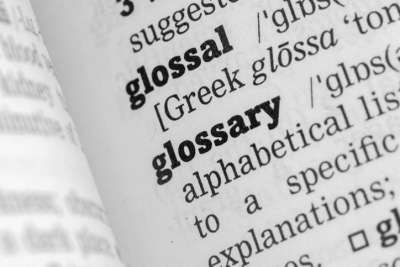3. REFLECTION
• Should students reflect on how or why they chose their artifacts?
• Should students reflect on what skills and knowledge they used to produce each artifact?
• Should students reflect on their strengths and weaknesses as learners based on the artifacts in their portfolio?
• How should students go about the reflection process? In writing, orally, both? In general or for each artifact? Perhaps there might be a reflection form? Or a different form for different kinds of artifacts?
• Who else, besides the student, will be involved in the reflection process?
• How will students effectively reflect on traditional quizzes and tests?
• Can students make up for a poor quality artifact with high quality reflection?
4. CONNECTION
• By this point, a student has collected, selected, and reflected; so what?
• How do we evaluate the cumulative effects of the portfolio process? How might students demonstrate these effects?
• Perhaps its time to go public: Should students present or exhibit their portfolios to an audience?
• If so, who is the audience? Teachers, parents, peers, community, college admissions people, business people, politicians, the press, benefactors…?
• When is the exhibition? Where? Just seniors? Or will the rest of the students have a role? Should there be individual presentations, a class exhibition, or both?
• Will there be guidelines, i.e., presentation length, a required area of focus, written, visual and oral components, a table or booth, etc.?
• Will the exhibition be evaluated? Who will evaluate and based on what criteria?
By Andrew Epstein, Synapse Learning Design






